Tucked away in the northeastern Himalayas, Sikkim is not just a picturesque retreat — it’s a sacred haven that attracts pilgrims, spiritual explorers, and inquisitive travelers from all corners of the world. Often referred to as the “Land of Monasteries,” this Himalayan state is a harmonious blend of Mahayana Buddhist and Hindu traditions, boasting more than 200 monasteries and numerous revered temples scattered throughout its hills and valleys.
This guide is your one-stop spiritual itinerary in Exploring the Sacred Temples and Monasteries of Sikkim: A Spiritual Journey Through the Himalayas :
- Major Buddhist monasteries like Rumtek, Tashiding, and Pemayangtse
- Lesser-known retreats like Phensang, Simik, and Bon Monastery
- Hindu temples like Hanuman Tok, Char Dham (Siddheshwar Dham), and Kirateshwar Mahadev
- Essential travel tips for visiting holy places in Sikkim
- Paragliding in Sikkim: Best Sites, Prices & Thrilling Adventure Activities in the Himalayas
- Hidden Adventures of Sikkim: Offbeat Experiences You Shouldn’t Miss
- Hangu Lake: Hidden Alpine Gem of East Sikkim
Major Buddhist Monasteries in Sikkim
Rumtek Monastery (Dharma Chakra Centre) – Buddha Monastery in sikkim
Rumtek Monastery (Dharma Chakra Centre) is one of the most important and largest monasteries in Sikkim. Located about 24 km from Gangtok, it serves as the seat of the Karmapa of the Karma Kagyu lineage of Tibetan Buddhism. The monastery features a golden stupa, vibrant murals, and a vast prayer hall, making it a significant spiritual and architectural landmark.
- Highlights: Golden stupa with relics of the 16th Karmapa, Vast prayer hall with thangkas and murals, Celebrations: Losar, Buddha Jayanti
- Location: 24 km from Gangtok, East Sikkim
- Distance: About 1 hour by road from Gangtok
- Best Time to Visit: March–June and September–November
- Significance: Seat of the Karmapa, head of the Karma Kagyu seat
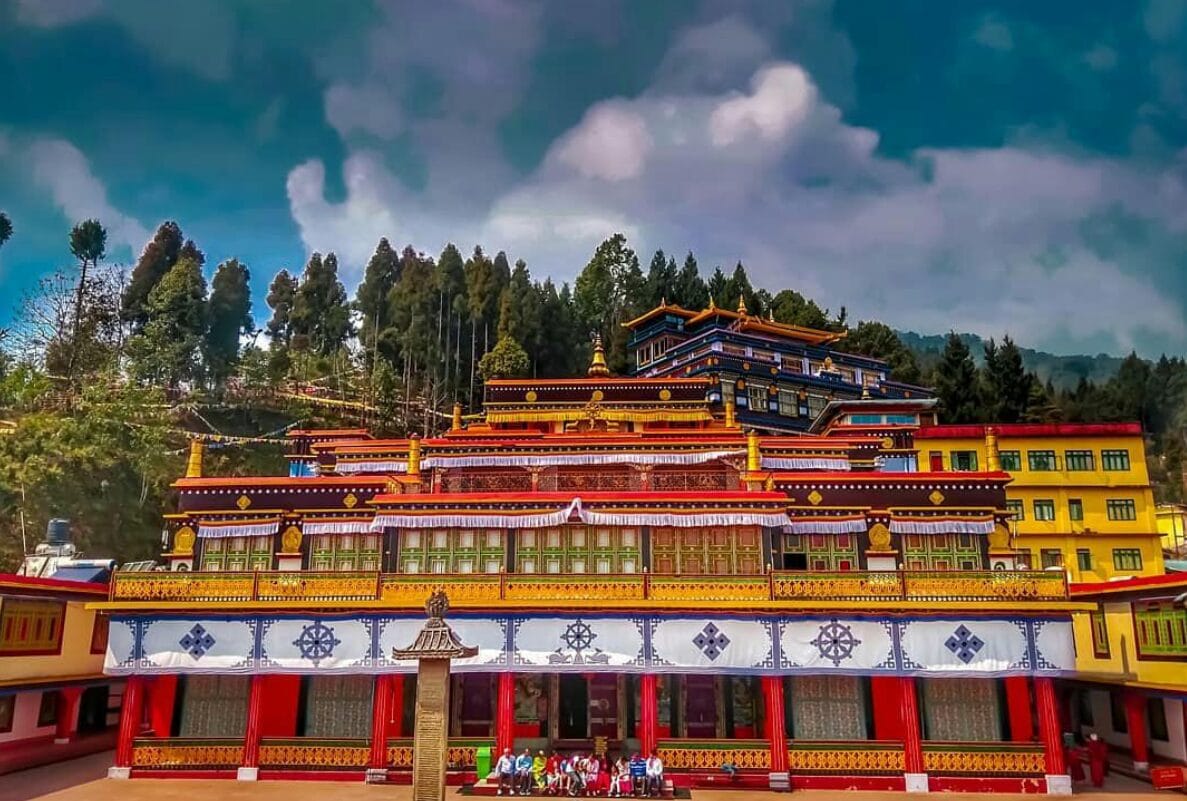
Pemayangtse Monastery: A Window into Sikkim’s Spiritual Past
Located near Pelling in West Sikkim, Pemayangtse Monastery is one of the oldest and most revered monasteries in the state. Built in 1705, it belongs to the Nyingma sect of Tibetan Buddhism and was originally established for “pure monks” (ta-tshang). The monastery is famed for its intricate wooden structure, peaceful ambiance, and the breathtaking 7-tiered model of Zangdok Palri (Guru Rinpoche’s celestial abode) crafted by a single monk over five years.
Overlooking the majestic Kanchenjunga range, Pemayangtse is a key stop on any spiritual journey through the Sacred Temples and Monasteries of Sikkim. It hosts vibrant religious festivals like the annual Cham dance, drawing devotees and culture seekers alike.
- Location: Near Pelling, West Sikkim
- Distance: 2 km from Pelling
- Established: 1705
- Sect: Nyingma
- Significance: One of the oldest monasteries in Sikkim
- Highlights: Intricate 7-tiered Zangdok Palri model, Annual Cham Dance Festival in February
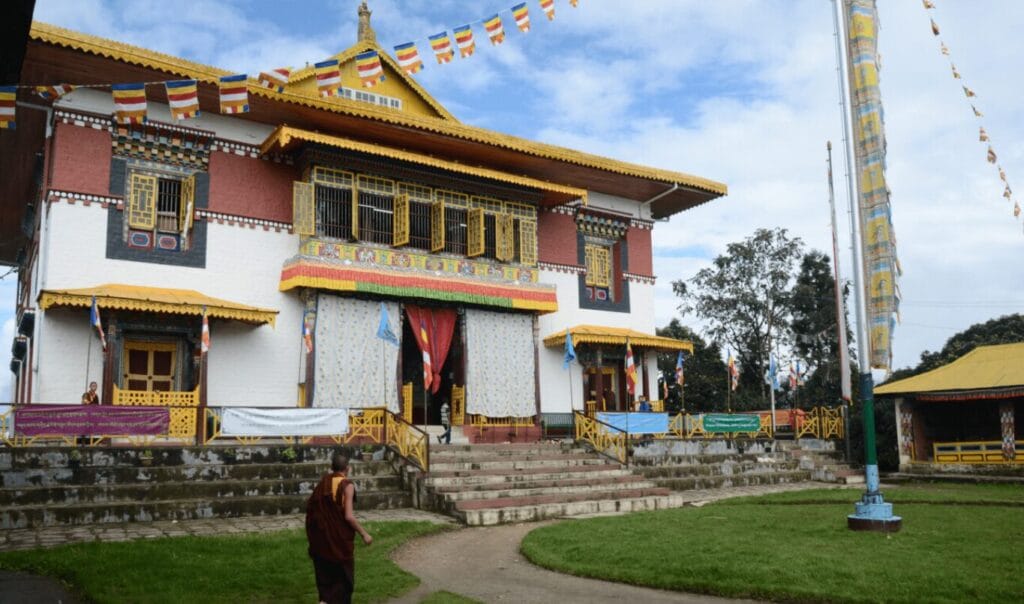
Tashiding Monastery
Tashiding Monastery is one of the holiest and most serene monasteries in Sikkim, perched on a hilltop between the Rathong Chu and Rangeet rivers. Founded in 1641 by Ngadak Sempa Chempo, it belongs to the Nyingma sect of Tibetan Buddhism. This spiritual site is best known for the annual Bumchu Festival, where the opening of a sacred vase predicts the year’s fortune. Surrounded by ancient chortens and prayer-inscribed stones, Tashiding offers not only religious significance but also stunning Himalayan views.
- Spiritual Festivals and Rituals of Sikkim: The Land of Vibrant Spiritual Festivals Amidst the Himalayas
- Exploring the Sacred Temples and Monasteries of Sikkim: A Spiritual Journey Through the Himalayas
- Location: West Sikkim, between Rangit and Rathong rivers
- Distance: 40 km from Geyzing
- Best Time: February–April (especially during Bhumchu Festival)
- Significance: Believed to purify sins by sight
- Highlights:17th-century origins
- Offers panoramic views of the Himalayas
- Home to one of the holiest religious festivals in Sikkim
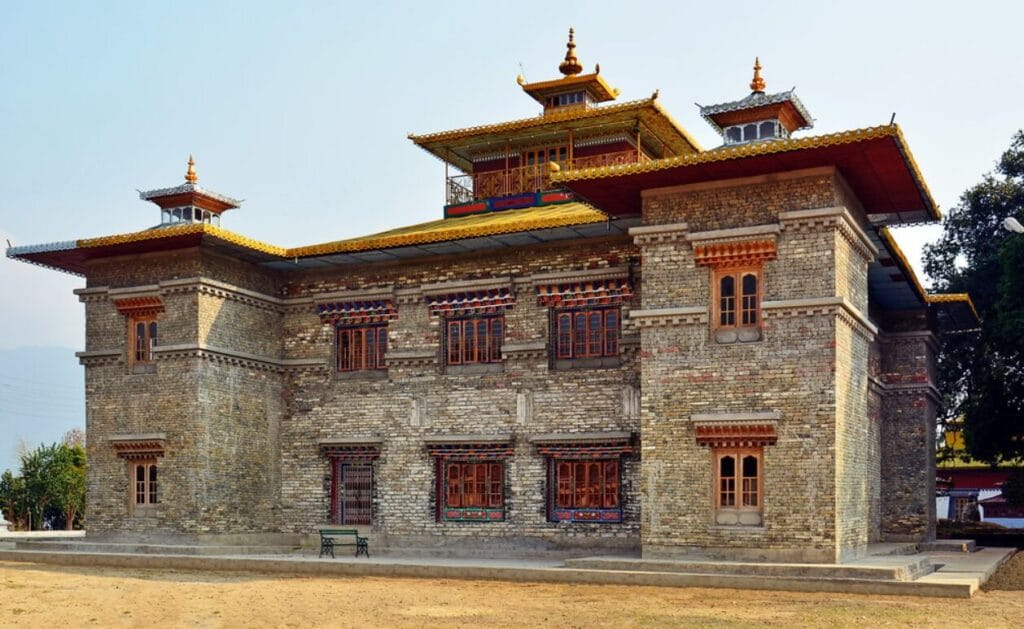
Enchey Monastery: A Peaceful Haven in Gangtok
Built in 1909, Enchey Monastery sits peacefully on a ridge above Gangtok. Associated with the Nyingma tradition of Buddhism, it is believed to be blessed by the tantric master Lama Druptob Karpo. Known for its vibrant murals and sacred mask dance festival (Detor Cham), the monastery offers spiritual calm and panoramic views, making it a meaningful stop for both pilgrims and visitors.
- Location: Ridge Road, Gangtok
- Distance: 3 km from MG Marg, Gangtok
- Established: 1909
- Sect: Nyingma
- Highlights:Hosts Detor Cham Mask Dance Festival
- Quiet pine-forest surroundings
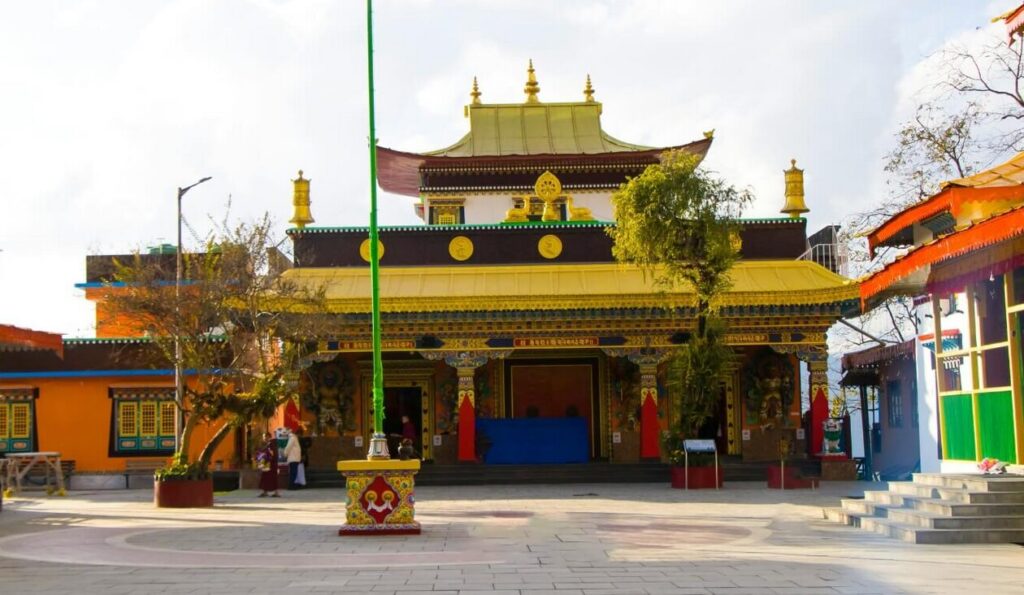
- How to reach Ganesh Tok – A Scenic Short Trek in Gangtok
- How to Reach Hanuman Tok – Best Routes & Travel Tips
- Kupup/Elephant Lake – Routes, Permits & Travel Tips
- How to Reach Nathula Pass – Permits, Routes & Pro Tips
- Best Time to Visit Nathula Pass: Season-by-Season Guide
Phodong Monastery
- Location: 38 km from Gangtok, North Sikkim
- Established: Early 18th century
- Sect: Karma Kagyu
- Highlights: Famous for ancient wall paintings and Cham dances
- Set on a scenic mountain slope
Ralang Monastery
- Location: 6 km from Ravangla, South Sikkim
- Established: 1995 (New Ralang), Old Ralang is nearby
- Sect: Kagyu
- Highlights: Hosts Pang Lhabsol Festival
- One of the most vibrant monasteries in South Sikkim
Sanga Choeling Monastery
- Location: Hilltop above Pelling, West Sikkim
- Founded: 1697
- Access: 30–40 minute trek through forests
- Highlights: Panoramic views of Mount Kanchenjunga
- Old manuscripts and statues
Lesser-Known but Significant Monasteries
While Sikkim is widely known for its famous spiritual landmarks, the state also shelters many lesser-known yet equally powerful sites of devotion. These sacred temples and monasteries of Sikkim reflect the region’s deep spiritual harmony between Buddhism and Hinduism. Quiet retreats like Phensang Monastery, Simik Monastery, Ranka (Lingdum) Monastery, and the rare Bon Monastery in Kewzing offer peaceful settings, ancient rituals, and panoramic views.
In addition to these Buddhist sanctuaries, sacred Hindu temples such as Kirateshwar Mahadev Temple, Sai Mandir, and Thakurbari Temple are revered for their mythological significance and spiritual aura. These lesser-known spiritual sites may not always be on the tourist trail, but they embody the true essence of Sikkim’s sacred heritage—serene, powerful, and deeply rooted in devotion.
Lingdum Monastery (Ranka Monastery)
- Location: 20 km from Gangtok
- Established: Late 1990s
- Sect: Zurmang Kagyud
- Highlights: Grand golden Buddha statue
- Peaceful surroundings ideal for meditation
Kartok Monastery
- Location: Yuksom, West Sikkim
- Founded: 17th century
- Highlights: Surrounded by lakes and pine forests
- Part of the historical Yuksom triangle of sacred sites
Phensang Monastery
- Location: 25 km from Gangtok, North Sikkim
- Sect: Nyingma
- Highlights: Overlooks dense forests
- Hosts vibrant Cham dances during December
Simik Monastery
- Location: Near Gangtok, East Sikkim
- Highlights: Lesser-known but peaceful and scenic
- Offers panoramic views of the surrounding valleys
Bon Monastery (Yungdrung Kundrakling)
- Location: Kewzing, South Sikkim
- Founded: 1980
- Significance: One of the few Bon monasteries outside Tibet
- Highlights: Unique non-Buddhist spiritual lineage
- Distinctive rituals and chanting practices
Hindu Temples in Sikkim: A Divine Mix
While Sikkim is celebrated for its Buddhist heritage, it is also home to several revered Hindu temples that enrich its spiritual diversity. Temples like Hanuman Tok, Kirateshwar Mahadev, Ganesh Tok, and Siddheshwar Dham (Char Dham) draw pilgrims and tourists alike with their mythological roots and breathtaking views. Maintained with devotion, these temples highlight Sikkim’s harmonious blend of faiths.
Together with its monasteries, these sites form a vital part of the Sacred Temples and Monasteries of Sikkim, offering visitors a unique glimpse into the region’s spiritual and cultural fabric.
Hanuman Tok
Hanuman Tok is a serene temple dedicated to Lord Hanuman, located about 11 km from Gangtok. Maintained by the Indian Army, it offers breathtaking views of Mt. Kanchenjunga and the surrounding valleys. Beyond its spiritual aura, the temple is known for its peaceful atmosphere, making it a popular stop for both devotees and tourists exploring the sacred temples and monasteries of Sikkim.
- Location: 11 km from Gangtok
- Maintained by: Indian Army
- Highlights: Dedicated to Lord Hanuman
- Panoramic view of Kanchenjunga and Gangtok
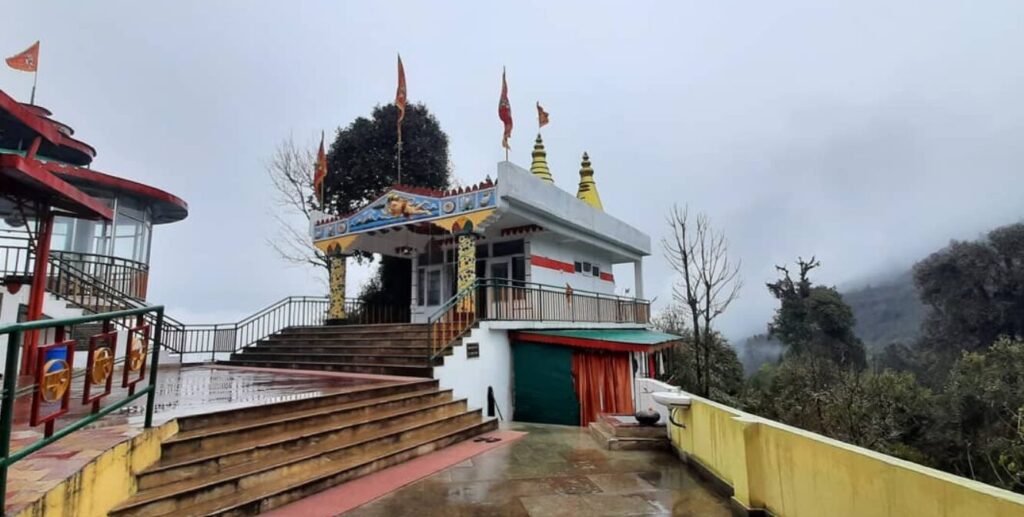
Siddheshwar Dham (Char Dham)
Siddheshwar Dham, also known as Char Dham, is a major pilgrimage site located in Namchi, South Sikkim. Built by the Sikkim Government, it features replicas of the four sacred Dhams—Badrinath, Dwarka, Puri, and Rameshwaram—along with a towering 108-ft statue of Lord Shiva. This spiritual complex beautifully blends devotion and architecture, making it a key highlight among the sacred temples and monasteries of Sikkim.
- Location: Namchi, South Sikkim
- Distance: 78 km from Gangtok
- Built by: Sikkim Government
- Highlights: Replicas of Char Dham (Dwarka, Badrinath, Puri, Rameshwaram)
- 108-ft tall Lord Shiva statue
- Ideal pilgrimage in one location

Kirateshwar Mahadev Temple
Kirateshwar Mahadev Temple is one of the most revered Hindu temples in Sikkim, located on the banks of the Rangeet River near Legship in West Sikkim. Dedicated to Lord Shiva, this sacred site is believed to be where Lord Shiva appeared before Arjuna in the form of a hunter (Kirata) during the Mahabharata era. Surrounded by lush greenery and serene hills, the temple draws devotees and tourists alike, especially during the festivals of Mahashivaratri and Bala Chaturdashi. As part of The Land of Vibrant Spiritual Festivals Amidst the Himalayas, Kirateshwar Mahadev Temple beautifully reflects Sikkim’s spiritual heritage, offering a tranquil space for prayer, reflection, and cultural connection.
- Location: Legship, West Sikkim
- Distance: 5 km from Geyzing
- Significance: Dedicated to Lord Shiva (as Kirateshwar)
- Mythology: Arjuna worshipped Shiva here
- Highlights: Riverside setting
- Celebrations: Mahashivratri, Bala Chaturdashi
Thakurbari Temple: A Spiritual Oasis in the City
Nestled in the center of Gangtok, Thakurbari Temple stands as one of the city’s oldest and most revered Hindu shrines. Established in 1935 on land gifted by the Chogyal (king) of Sikkim, the temple has gradually expanded to house idols of nearly all major Hindu gods and goddesses. It serves as a cultural and religious hub for the local Hindu population. The temple comes alive during major festivals like Maha Shivaratri and Bala Chaturdashi, drawing devotees from all over the state. Despite its central location, Thakurbari offers a peaceful sanctuary for prayer and reflection, open daily to visitors and pilgrims alike.
- Location: MG Marg, Gangtok
- Established: Mid-19th century
- Highlights: One of the oldest Hindu temples in Gangtok
- Hosts all major Hindu festivals
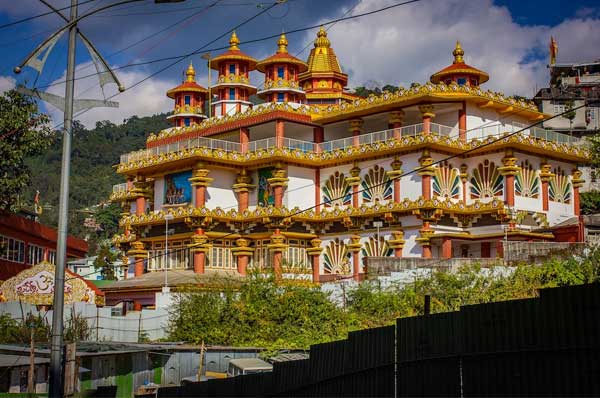
Ganesh Tok
- Location: 7 km from Gangtok
- Dedicated to: Lord Ganesha
- Highlights:
- Small temple with balcony views
- Ideal for quick prayers and city panoramas
Sai Mandir
- Location: Namchi
- Dedicated to: Shirdi Sai Baba
- Highlights:Two-storeyed temple with golden dome
- Lush gardens and peaceful ambiance
Travel Tips for Visiting Sacred Sites in Sikkim
- Dress Code: Wear modest clothing; avoid shorts and sleeveless tops
- Shoes: Always remove footwear before entering temples or monasteries
- Respect Rituals: Do not disturb monks or pujas
- Permit Info: Some areas like Yuksom or North Sikkim require Inner Line Permits (ILP)
- Photography: Ask permission before clicking inside sacred premises
- Weather Tips: March–June: Ideal for spring blossoms
- September–November: Clear views of mountains
- Avoid monsoon (July–August) due to landslides
Lastly, from the high-altitude Rumtek Monastery to the peaceful riverside Kirateshwar Mandir, Sikkim’s spiritual heritage is profound and diverse. Every temple and monastery here is a window into the past, a beacon of faith, and a moment of peace. Whether you seek blessings, history, or sheer Himalayan beauty — Sikkim’s sacred sites are soul-touching.
- Best Places to Visit in Lachen: A Complete Travel Guide to North Sikkim’s Hidden Gem
- Exploring the Sacred Temples and Monasteries of Sikkim: A Spiritual Journey Through the Himalayas
- Unveiling Sikkim’s Hidden Gems: 15 Offbeat Destinations for the Curious Traveler
- Exploring Gangtok : The Vibrant Capital of Sikkim
- Exploring Sikkim in 2025: Best Tourist Destinations, Food, Culture & Adventure in the Himalayas

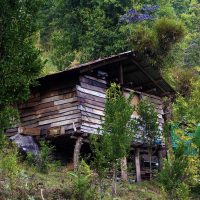
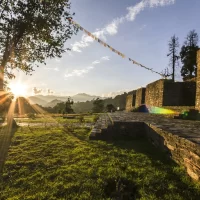
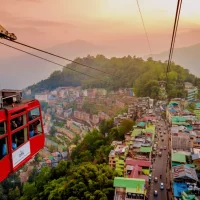
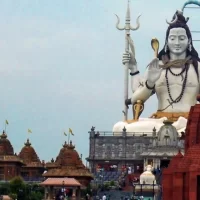

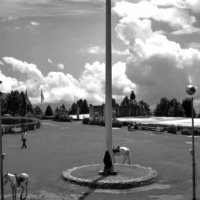

This travel blog has completely transformed the way I plan my trips. The insights are not just informative—they’re personal, inspiring, and incredibly practical. Thanks to your detailed guides, I explored hidden gems in Sikkim I would’ve never found on my own. It felt like traveling with a local friend. Can’t wait to follow your next adventure!
Thank you so much, Ananya!
We’re truly grateful for your kind words. It means a lot to know that our travel guides helped you uncover Sikkim’s hidden gems—it’s exactly why we do what we do! Knowing it felt like traveling with a local friend is the best compliment we could receive. Wishing you many more beautiful journeys ahead, and we hope to be a part of them too!
Warm regards,
Team Serene Sikkim